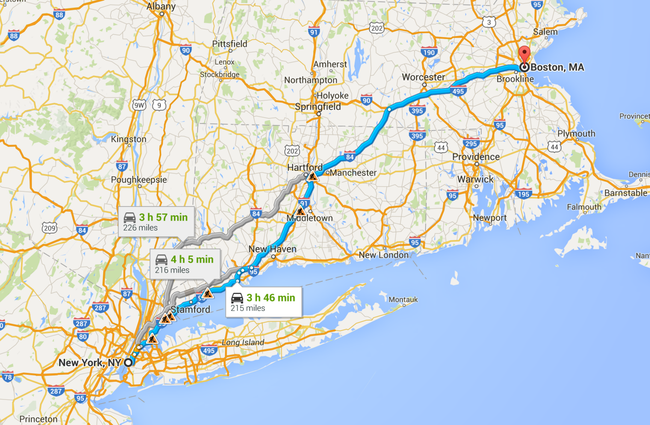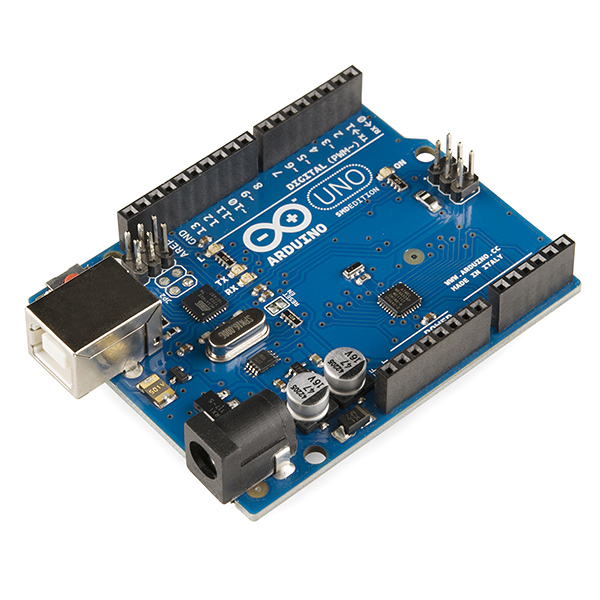Road Trip Calculator Update
Some time ago I created the road trip calculator and wrote a post that went over the calculation of the true cost of driving from Boston to New York City in a $25,000 car.
Today I am making a small update to the calculator. Aaditya Prakash, a good friend of mine who is pursing his PhD in Computer Science at Brandeis pointed out a small flaw in the calculation. Aaditya reminded me that owning a car has a fixed cost and taking a road trip has no impact on that cost. Therefore in order for you to know how much your road trip is costing you, and I mean the road trip alone, then the pro-rated ownership cost needs to be subtracted from the calculator’s result.
Car Ownership Costs
In order to really focus on the fixed ownership costs – meaning costs that don’t vary based on your driving – let us assume you’re not driving your car at all. What do you need to pay for?
- Insurance
- Excise tax –...




